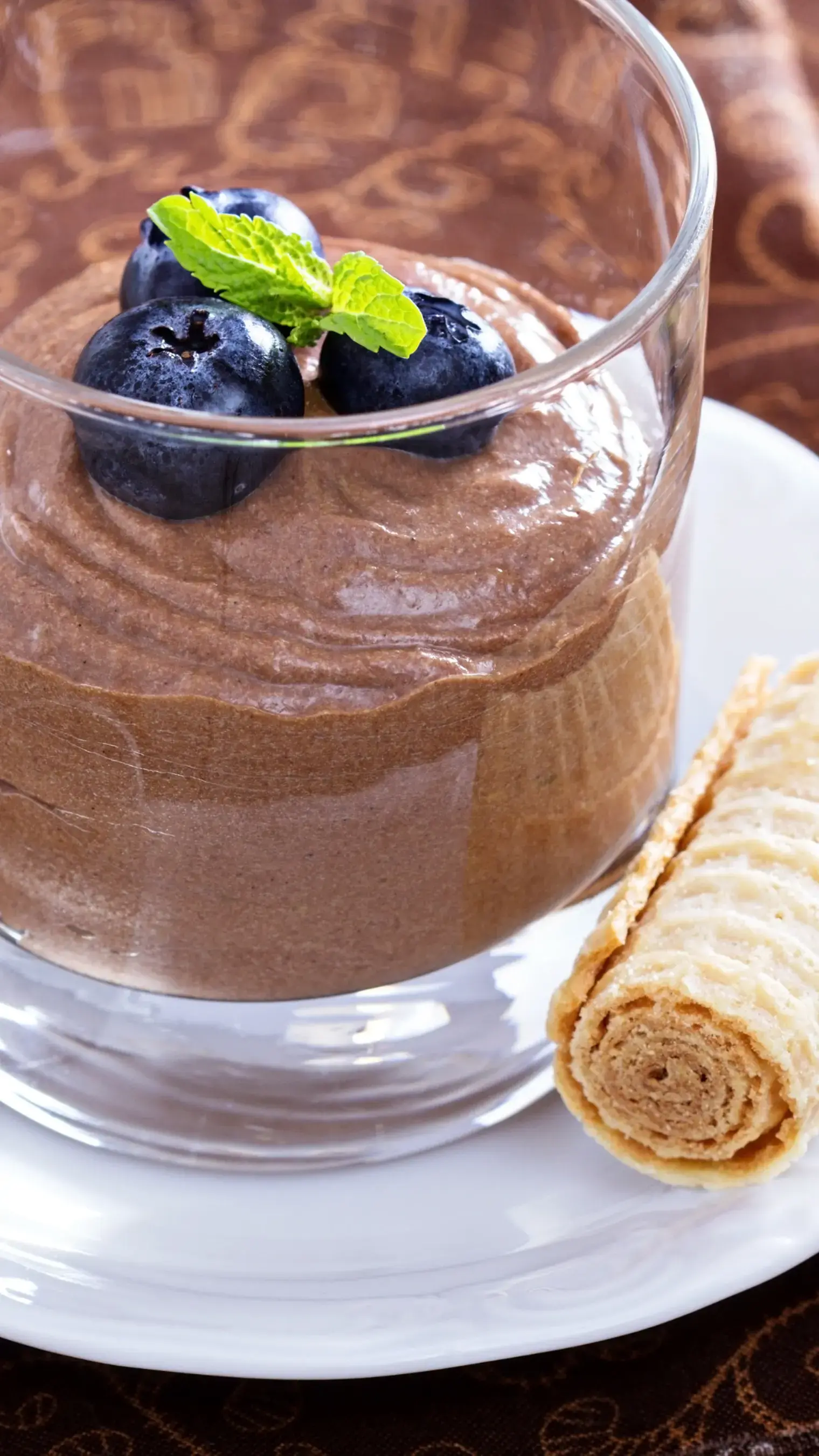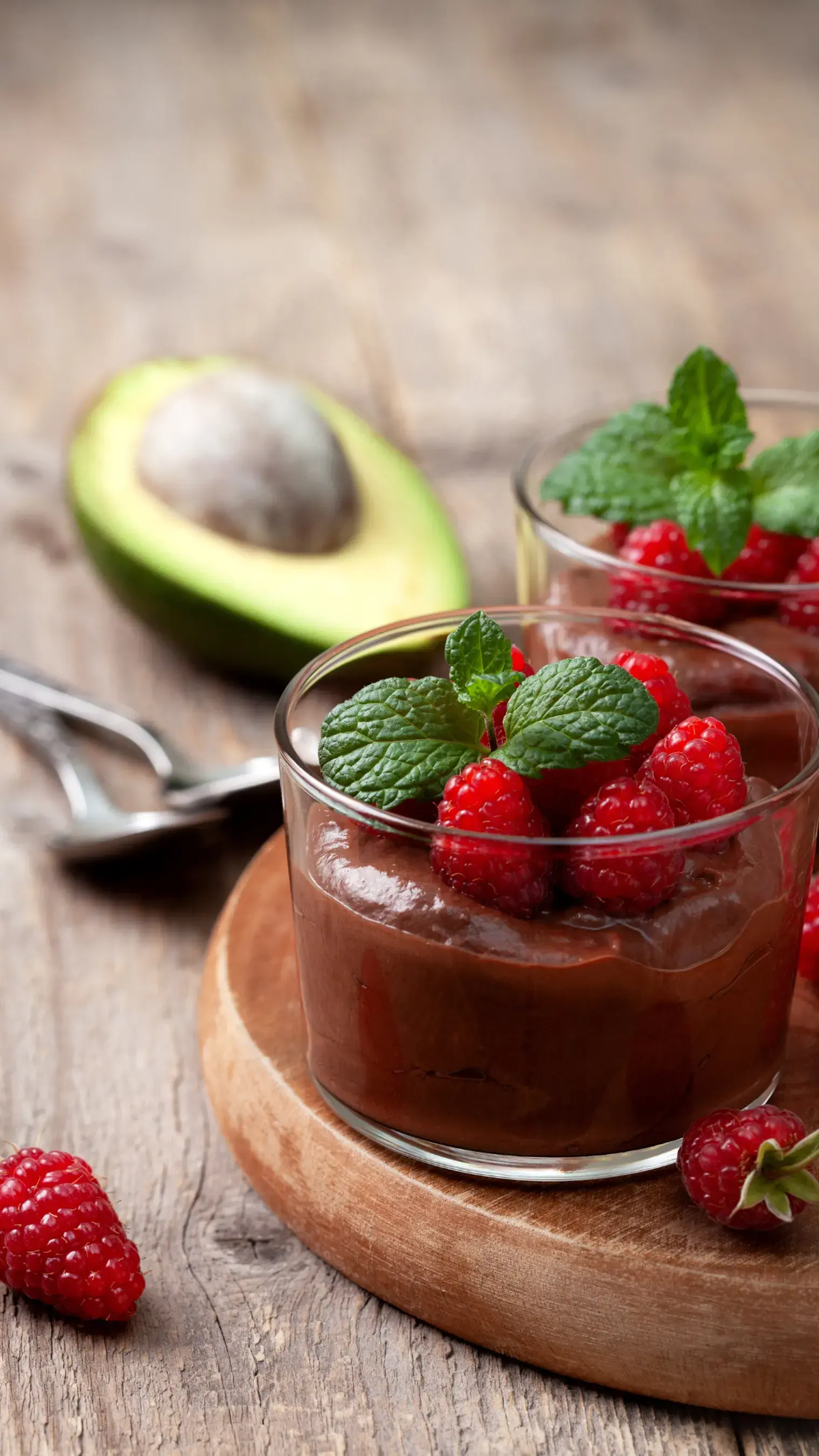There are too many dessert cakes in the world that deserve recognition so we hunted down some of the best ones from around the world, one alphabet at a time, this its “S”.

Decoarative cakes, simple dessert cakes to layered cakes, there are simply too many kinds to count in the world and for some of them the preparation method is also unique, that have the most basic cake recipe. Take Sękacz cake for exactly that is cooked over a rotating spit or the funny sounding Sans rival, that comes from French but is actually Filipino. Cakes are fascinating so we made another list, this time with some interesting ones startig with “S”.
1. Spekkoek
This cake is from the Netherlands that is similar to the Goan Bebinca and also the Indonesian Lapis legit. It's mostly famous in Indonesia because of its intricate thin layers used to make the cake. It was made during the colonial era in the Dutch East Indies and the texture is quite similar to the European spit cake. In Indonesia this cake is baked during local festivities and also popular for gifting.
2. Sacripantina
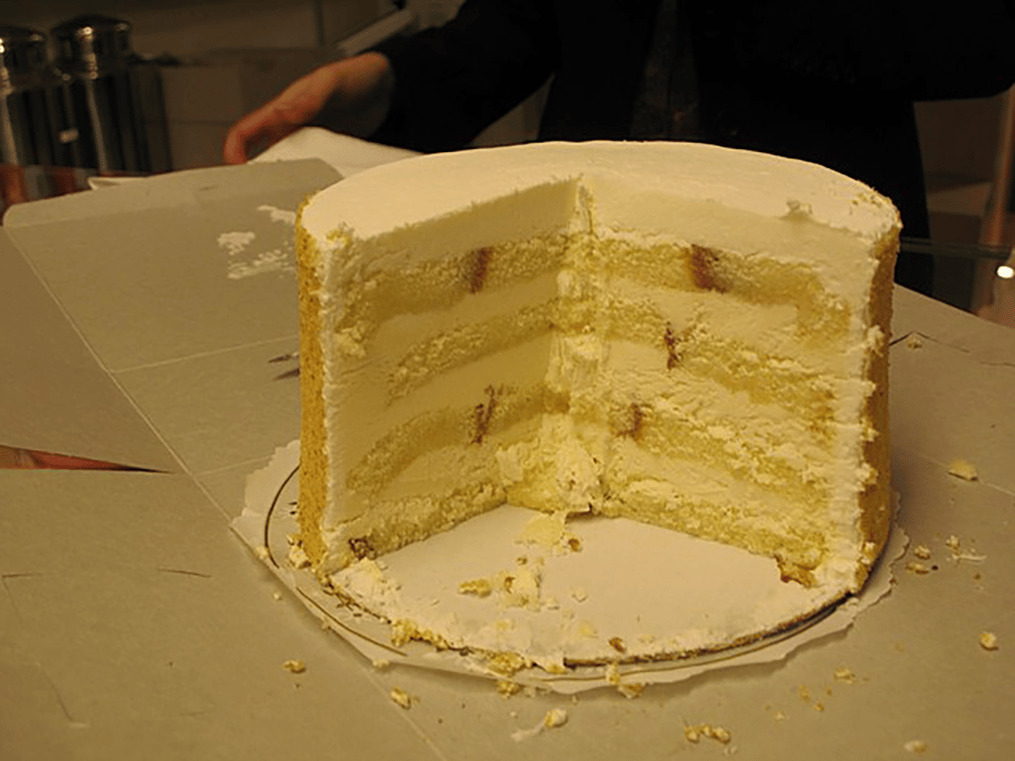
A dome cake from Italy’s Genoa that is named after Sacripante, one of the characters in the chivalric poems of the famous Italian Renaissance poet Ludovico Ariosto. It was created by a local pastry chef called Giovanni Preti and it's considered a symbol of excellence in its birthplace. It has two Italian sponge cakes called pan di Spagna which are soaked in Italy's local sweet Marsala wine. These are then covered with two different creams one flavoured with zabaione and the other cocoa.
It is topped with the crumbs of pan di Spagna.
3. Sachertorte

A safely guarded recipe that can't be found anywhere else in the world but in the minds of the creator, his family and his descendants, Sachertorte is one of the most famous chocolate cakes in the world. It hails from Austria made with chocolate sponges with chocolate in between them and with a coating of apricot jam and chocolate icing. It's best eaten with a dollop of whipping cream on the side. Named after the investor, it was first baked in 1832 by Franz Sacher, a pastry chef for Prince Clemens L.W Metternich, the State Chancellor of Austria at that time. Sacher was only 16 when he made the cake for the prince. It was his son who opened a hotel called Sacher that still serves this cake till date.
4. Sans rival
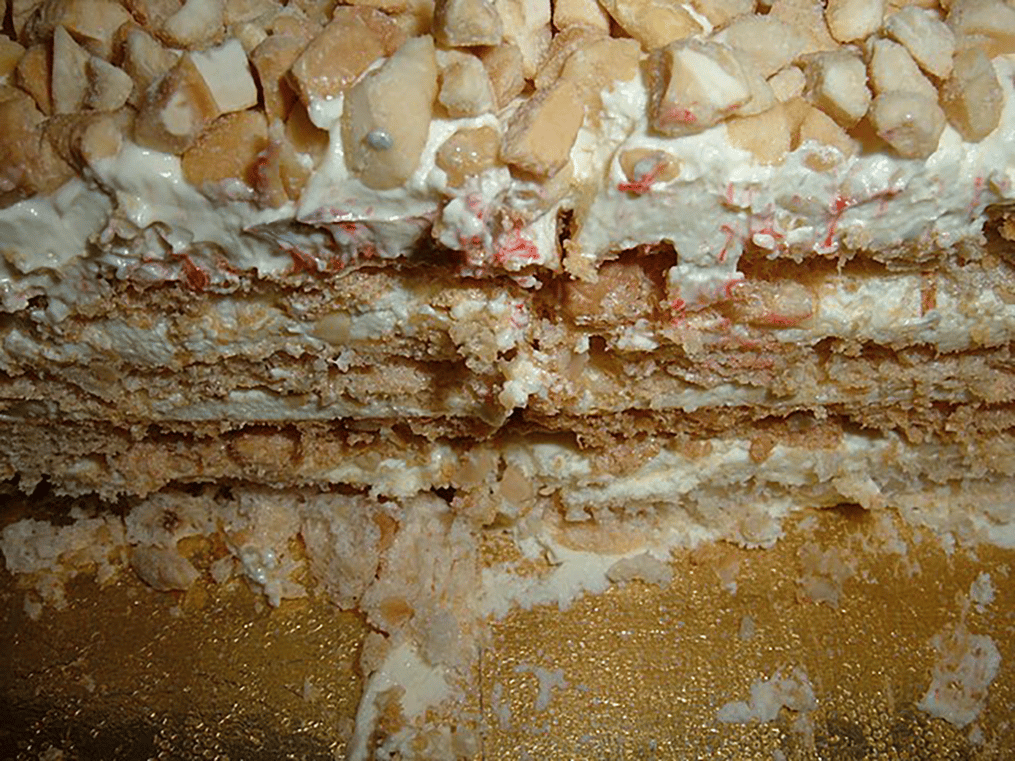
Sounding like a comical Microsoft font that loves to “en garde” and point its toothpick sword at people who offend it, Sans rival is a French cake. But, it's made in the Philippines with ingredients that are also of French origin. It uses dacquoise – a crispy, baked nut meringue sandwiched with pâte à bombe, a smooth and velvety French buttercream. The French make a similar cake but they use almond or hazelnut in their meringue instead unlike the Filipino one that uses the local cashews. This cake became popular in the 1930s only because many Filipino students went to Europe to study and started baking this cake once they came back home. A spin-off of this cake is a popular frozen cookie sandwich called sylvanas.
5. Sanwin makin
Originating from Myanmar (Burma), sanwin makin is made by boiling semolina, sugar, eggs and coconut cream, forming a thick dough and then it is baked. The dough also has butter, a touch of salt, and cardamom. It's topped with sesame seeds and traditionally cut into diamond shapes and eaten hot off the oven or cold too.
6. Sękacz
Heard of the famous tree cakes from the countries south of the Baltic sea and beyond? It's known as Sękacz in Poland, šakotis in Lithuania, and bankucha in Belarus and it's a part of the culinary heritage of all three countries. Some of the other countries also have this where the cake is made on a rotating spit. This one is prepared by pouring a thick batter over a rotating spit. It can also be slow baked in the oven or cooked over an open fire as is the tradition in some places. The batter drips on the sides creating that recognisable pattern of the Sękacz. The Polish one is the most delicate and soft while the ones from Belarus and Lithuania are denser and more ornate.
7. Sernik
Love cheesecake? Then here's the Sernik from Poland that uses local curd cheese called twaróg, eggs and sugar to make it. It comes from the 17th century after King Jan III Sobieski was victorious against the Turks in the Battle of Vienna. The cheesecake is supported by a thin layer of cake at the bottom that is crumbly and oftentimes the cheesecake might have raisins, fruits or chocolate sauce.
8. Sfouf
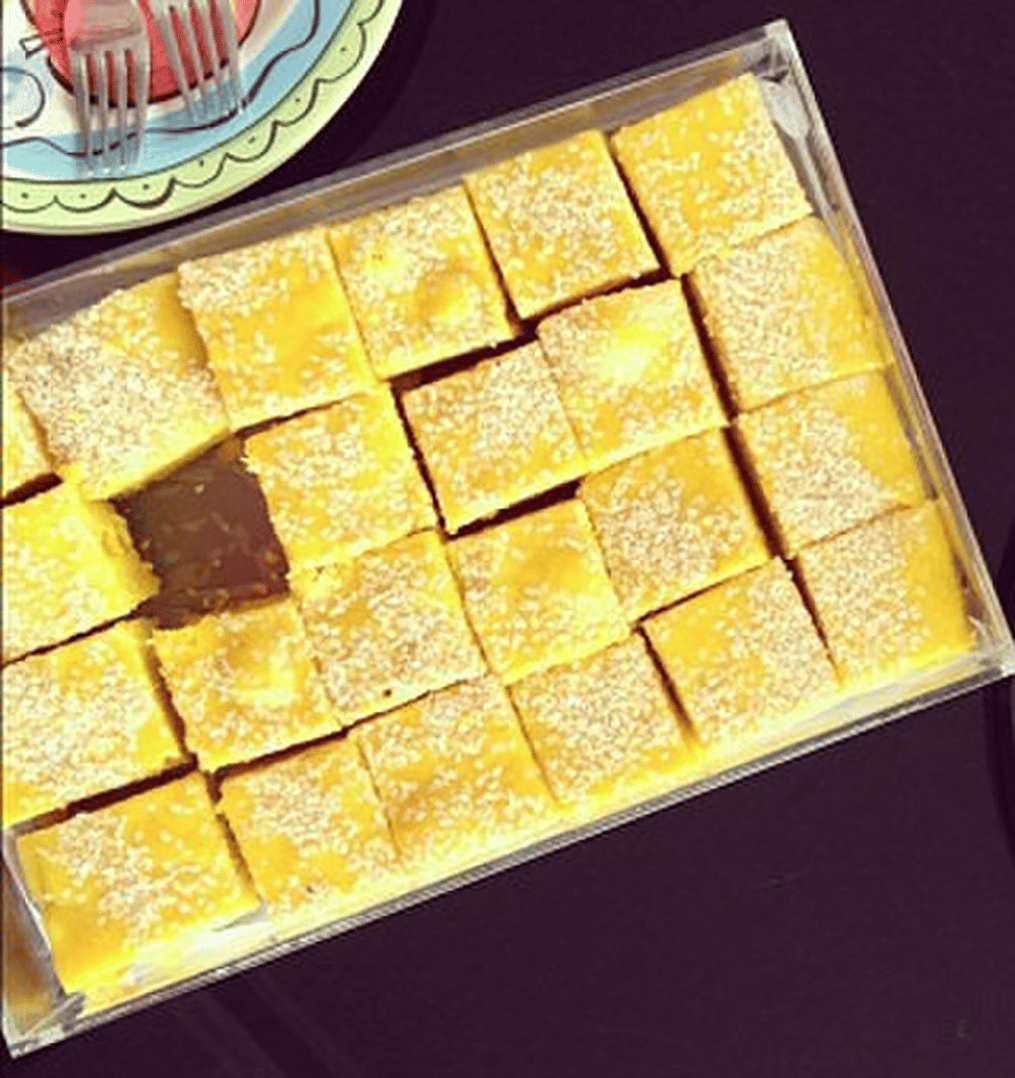
A Lebanese cake that is made exclusively during festive or special occasions like birthdays, this cake is a tad unusual. It is made to be had for afternoon tea also and uses turmeric for the spectacular yellow colour and dense texture because of the semolina. The cakes might be dry or most depending on the baker. It might also have pine nuts, aniseed and sesame paste as flavouring agents. A delicate topping of slivered almonds is also added as a garnish.
Like This Article?
More Like This




Popular Articles





Trending Web Stories
Curated Recipes

















